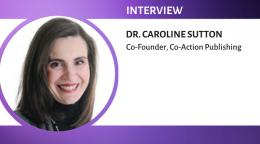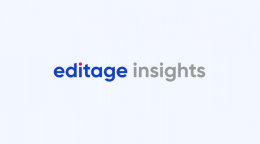To publish or not to publish (under open access)

As a lofty ideal, namely that results of research should be available to all, the question appears redundant: of course researchers should publish in open-access journals. In fact, some funding agencies make it mandatory for grantees to do so. Similarly, Plan S “requires that from 2021 scientific publications that result from research funded by public grants must be published in compliant Open Access journals or platforms”. (Plan S is a consortium of funding agencies, national-level agencies (mostly European) that undertake research, and international organizations such as the World Health Organization.)
Extent and categories of open-access publishing
Although the share of research output in the form of open-access publications continues to rise steadily, that share also continues to be small, rising from about 4.5% in 2018 to 15% in 2022, according to one estimate. Also, open-access publishing has different categories for journals, such as
• diamond or platinum (full access without payment of APCs, or article-processing charges),
• gold (full access but after payment of APCs), and
• hybrid (journals are behind a paywall – that is, access is subscription based – although those articles for which APC have been paid are open access).
To publish or not to publish (under open access)
Prestige of a journal. Although studies have failed to reach a consensus on whether the prestige of a journal, as reflected in its Impact Factor, is correlated to its status (open access or paywall-protected), open-access papers on the whole are cited more often than those that are not freely available. This is a point in favour of open access; however, fully open-access journals are perceived by many as less prestigious than paywall-protected journals.
Cost of publishing open access. Hybrid journals also require that APCs be paid for a paper in that journal to be made open access, and that is a point against open-access publishing, especially for authors from middle- or low-income countries.
The point is also related to the entity responsible for paying: because researchers usually work in research institutes or universities, they may be willing to pay the charges. After all, staff publications in high-impact-factor journals plays are considered in the ranking of institutions, and it is therefore in their interest to pay the APCs.
Another possibility is that APCs are part of the approved budget—if the researcher-author had the foresight to include the cost in the funding proposal.
Target readership or audience. Authors also need to keep in mind the audience they are trying to reach, which, in turn, is related to the content of the paper in question. For example, if the findings are likely to be of interest to researchers in many different fields, a broad-based journal will be a better choice; if the findings are of specialist interest only, a speciality journal will be more appropriate.
Career advancement. Whether researchers should be assessed based on such metrics as the Impact Factor of the journal in which they have published or the number of times their papers have been cited is debatable but the fact remains that such metrics are widely used. If impact factors are taken into account in assessing, researchers are likely to prefer a journal with a high Impact Factor even if it is not fully open access; on the other hand, if citations are a criterion, researchers are likely to prefer open access.
Predatory or dubious journals. Not all open-access journals are equal, and a large proportion of them may be predatory journals that seek to attract authors by offering quick publication and very low APCs, often payable in softer currencies. However, authors stand to lose by publishing in such journals because articles published in them are rarely cited: one study showed that as many as 60% of the articles published in predatory journals were not cited even once within 5 years of publication whereas the corresponding figure for the mainstream, peer-reviewed, journals was only 9%. Besides, publishing in predatory journals may well be held against the authors of papers thus published.
Professional societies as publishers. Many journals are published as part of the activities of professional societies and although not necessarily open access, the journals are free to members, a feature that works to the advantage of authors if members of a given society happen to represent the intended reader-group by virtue of their being interested, by definition, in a given topic. For example, take plant pathology as a subject: several major publishers (Springer, Wiley, and Oxford Academic, to name some) publish at least one journal in that subject—but so does the American Phytopathological Society, which makes papers published in Phytopathology freely accessible after 12 months. Although journals published by professional societies are not necessarily open access or free of APCs, these journals are more likely to be so and worthy of consideration by authors.
Conclusion
Given the complexities of academic publishing, it is hard to make a categorical statement that authors must always publish in open-access journals. However, other factors being equal, it is in the interest of not only authors, not only the academic community as a whole, but of society at large that the open access movement be supported and promoted by every means.
Comments
You're looking to give wings to your academic career and publication journey. We like that!
Why don't we give you complete access! Create a free account and get unlimited access to all resources & a vibrant researcher community.

Subscribe to Journal Selection
After writing a research paper, the next step is to find the right journal to publish it. Subscribe and get curated content to find the perfect journal that will give impetus to your research paper and your career.













